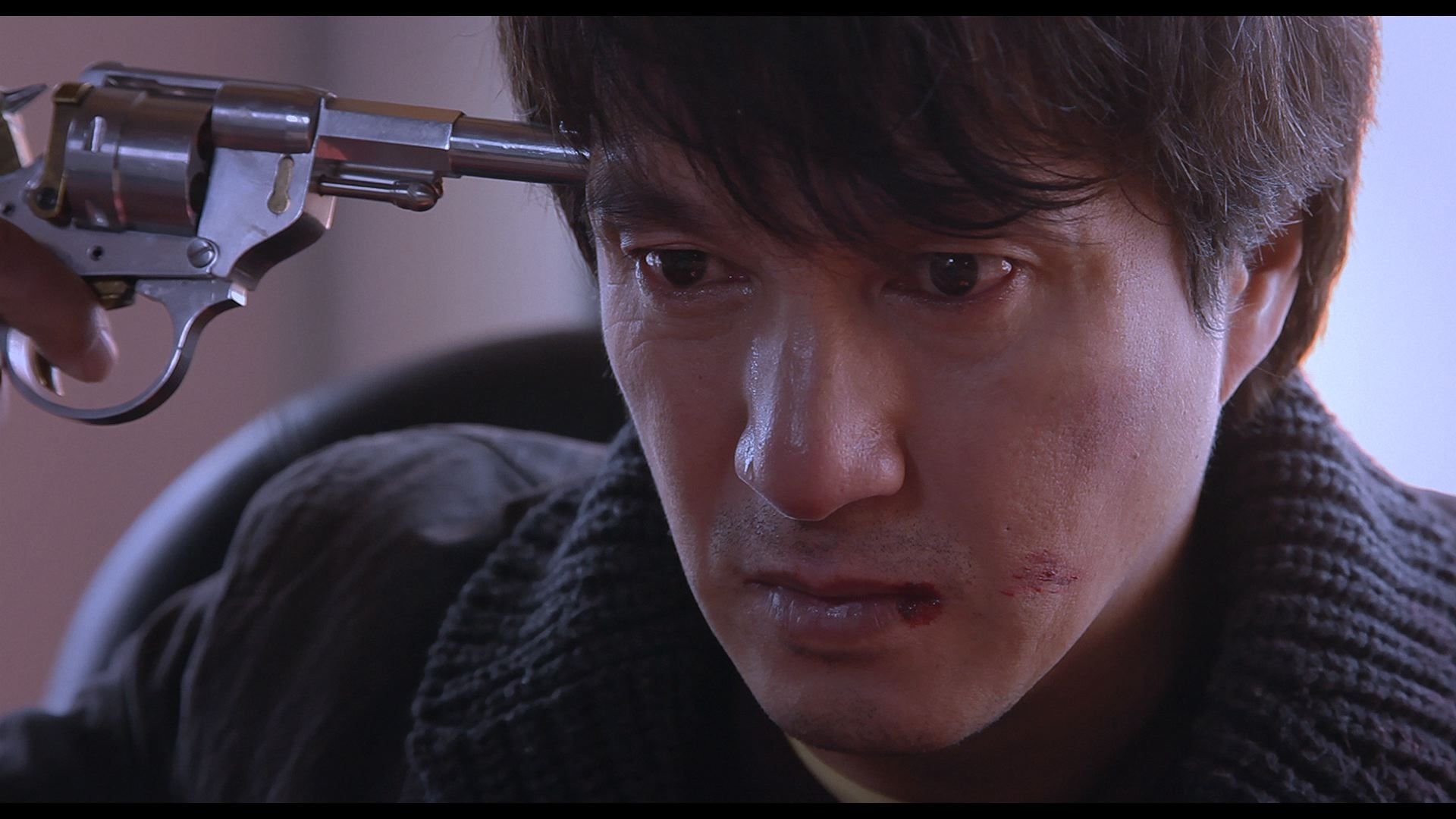
I realize this is a huge generalization, but one of the things Asian cinema is known for is the abundance of disturbing films, even in decades where other regions were ruled by the strains of conservatism and were shocked by even the smallest amount of nudity on cinema. This element applies particularly to Southeast Asia, with Japan and Hong Kong producing an abundance of films that broke any kind of taboos human ever conceived.
What is even more impressive is that most of these productions are actually good films, although their quality is a bit difficult to discern under the scores of violence, gore and shocking elements. Here are the 20 most disturbing films Asian films of all time by date, in a list that, once more, could have included many more films.
20. Harakiri (Masaki Kobayashi, 1962, Japan)
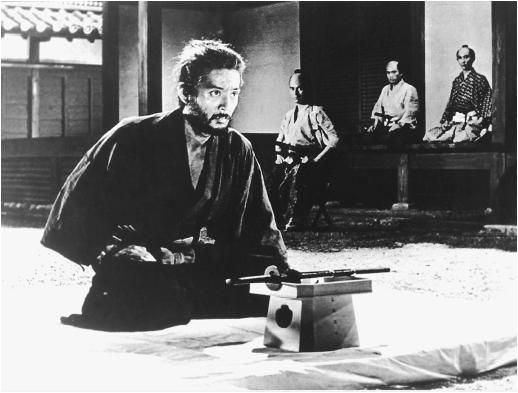
In feudal Japan in the 17th century, the ongoing peace has brought the samurai caste to its knees, as they have no work and no money. In their despair to find a noble way of dying, many of them resort to requesting permission from their lords to commit hara-kiri.
Chijiiwa Motome arrives in front of Saito, the Daimyo’s senior counselor, and states that he wants to commit seppuku. As this request is part of a series of identical “fake” requests, the three most senior samurai of the clan persuade Saito to order Motome to fulfill his request. However, as Motome’s request was not real, he did not carry with him a katana, but rather a bamboo blade. This fact enrages all of the bystanders and finally, Saito orders him to proceed with the specific sword.
Masaki Kobayashi shot the aforementioned scene in the most grotesque fashion, as the fact that the sword is wooden makes the act slower and more agonizingly painful as Motome tries to desperately to penetrate his abdomen with the wooden blade. Furthermore, the order is deeply humiliating, further heightening the shock the scene produces.
The film also features a number of magnificent action scenes, but Kobayashi’s actual purpose was to depict the futility of the ancient ritual, and at the same time to portray samurai, who are still considered noble, as despicable, cunning, vindictive individuals.
19. Horrors of Malformed Men (Teruo Ishii, 1969, Japan)
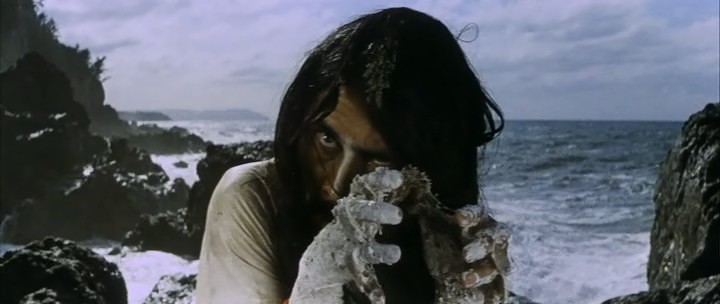
This film stands out in the vast filmography of Teruo Ishii because it was the only one banned from screening, a rather peculiar practice since his other films were exploitation and ero-guro themed productions. The cause of the film’s banishment seems to have been its mockery of deformities, a subject that prevents its screening in Japan even today. The film would have been lost if not for an American DVD release, almost 40 years after its original shooting.
Hirosuke Hitomi is a patient at a mental institution who is obsessed with an unknown island and a disfigured individual, which he cannot justify if they are real or figments of his imagination.
Also in search for his father, he escapes the asylum only to be framed for the death of a circus girl. Eventually, he discovers that he has to resurrect a man that looks exactly like him and investigate Jogoro, a man trying to create a utopia on his own island, in order to uncover his past.
More like an absurd collage of several of Edogawa Rampo’s famous and weird stories than an actual film, “Horrors of Malformed Men” lingers between a disturbed nightmare and a surreal video clip. The spectacles of Jogoro dancing, who is actually played by the founder of Butoh, Hijikata Tatsumi, and the many malformed creatures make for an onerous film, which not even nudity could tone down.
18. Emperor Tomato Ketchup (Shuji Terayama, 1971, Japan)
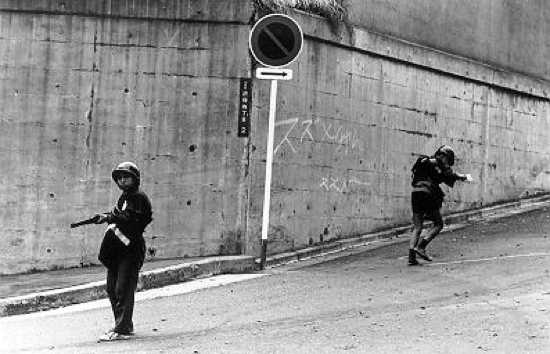
Shuji Terayama, who was also a stage writer and a poet, is considered the leading representative of avant-garde in Japan. His works were always provocative and against all taboo, and “Emperor Tomato Ketchup” is a distinctive sample of the fact.
Set in a Japan where children have gained control, the film depicts a variety of scenes, unprecedented in their extremity at the time, including children’s nude and erotic scenes and offspring humiliating their parents.
Being evidently low budget, the movie is shot in black and white and entails an abstract narrative, thus making it tough to watch, especially in its unedited form that lasts 75 minutes.
However, underneath its extreme depictions and surrealism, Terayama hides a satire regarding politics and sex and the results of their interaction.
Due to heavy censorship in Japan, the film was initially released as a 27-minute short, with the original cut eventually screened in 1993, 13 years after Terayama’s death.
17. In the Realm of Senses (Nagisa Oshima, 1976, Japan)
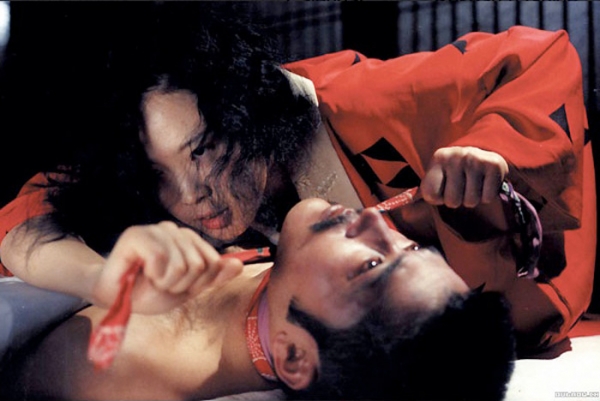
“In the Realm of Senses” is one of the foremost controversial movies in the history of cinema, with critics and fans still debating if it is of high artistic value or just pornography.
Nagisa Oshima based the film on the true story of Sada Abe, a woman who in 1936 erotically asphyxiated her lover and subsequently proceeded to cut off his penis and testicles and carry them in her kimono. The movie describes the relationship between Abe and Kichizo Ishida, a hotel owner, through a plethora of erotically perverted scenes, up to its tragic conclusion. Furthermore, solely excluding the mutilation scene, the rest of the erotic scenes incorporated actual sex, including fellatio and an orgy with geisha using sex aids.
However, beyond its evident promiscuity, Oshima managed to present, inside a claustrophobic setting, an erotic affair of intense paroxysm, a manifestation of love that surpassed the borderline of the extreme.
Oshima was forced to transfer the shooting to France in order to complete his film, subsequently baptizing it a French-Japanese production to be able to release it. Nevertheless, after its first screenings, it was banned in the US, Canada, Germany, Japan and other countries, eventually having to reach the 90s in order to be screened in its full duration, which lasts 90 minutes. It is still forbidden in Ireland.
16. The Boxer’s Omen (Kuei Chih Hung, 1983, Hong Kong)
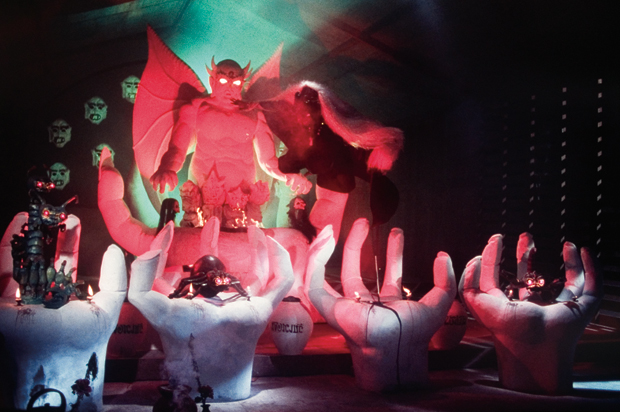
One of the most notorious Shaw Brothers’ films, the sequel to “Black Magic” is probably one of the most extreme takes on black magic.
There’s not much of a script here, but the basic idea is that Chung Hung travels to Thailand to avenge his brother, who became paralyzed after a boxing match. Once there, he ends up in a Buddhist monastery where he discovers that there is a curse on his family and that he is linked to a dead monk.
The production was very expensive, with scenes filmed in Hong Kong, Nepal and Thailand, and had a plethora of impressive special effects, but what Kuei Chi Hung eventually came up with is a succession of disgusting sequences (like the one where three wizards eat rotten food, vomit it and then pass it to each other) and magical duels with preposterous creatures.
However, the film’s almost total lack of coherence and the general craziness that permeates it, along with a number of actors that eventually became cult figures, like Bolo Yeung, have a secured a place for the film on the list with the most cult-trash productions ever made.
15. Guinea Pig: Flower of Flesh and Blood (Hideshi Hino, 1985, Japan)
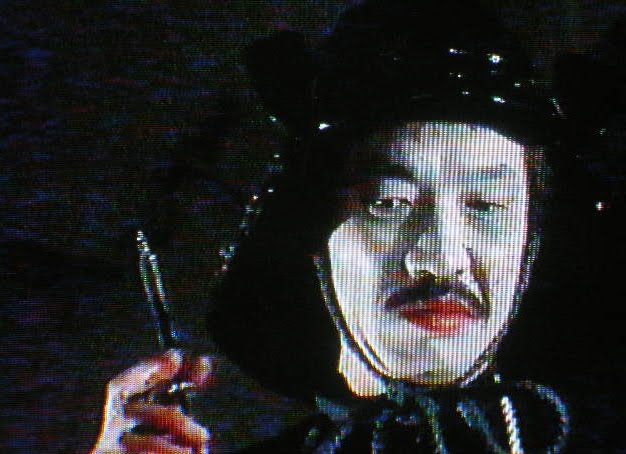
This is the second and most vicious part of a series of seven splatter video movies, whose violent scenes were realistic to the point that the producers were forced to prove to the authorities that none of the actors were literally traumatized or murdered.
A murderer, dressed as a samurai, kidnaps a girl and subsequently proceeds to torture and mutilate her, in order to create a flower of flesh and blood. Hideshi Hino directs a collage of beating, torture and other sadistic exercises, instead of an actual movie.
The particular segment gained notoriety for two reasons. First, Charlie Sheen, after watching the film, believed it was a snuff film and delivered it to the FBI to investigate it. Second, upon the research in serial killer Tsutomu Miyazaki’s house, the police discovered a videotape of the movie that resulted in the public’s belief that he was inspired by it. However, it was later disclosed that it was, in fact, the sixth segment of the series.
Unavoidably, the Japanese authorities banned “Flower of Flesh and Blood” and no one could find a copy until its re-release by a German company in 2002, while a full edition was released in the US in 2005.